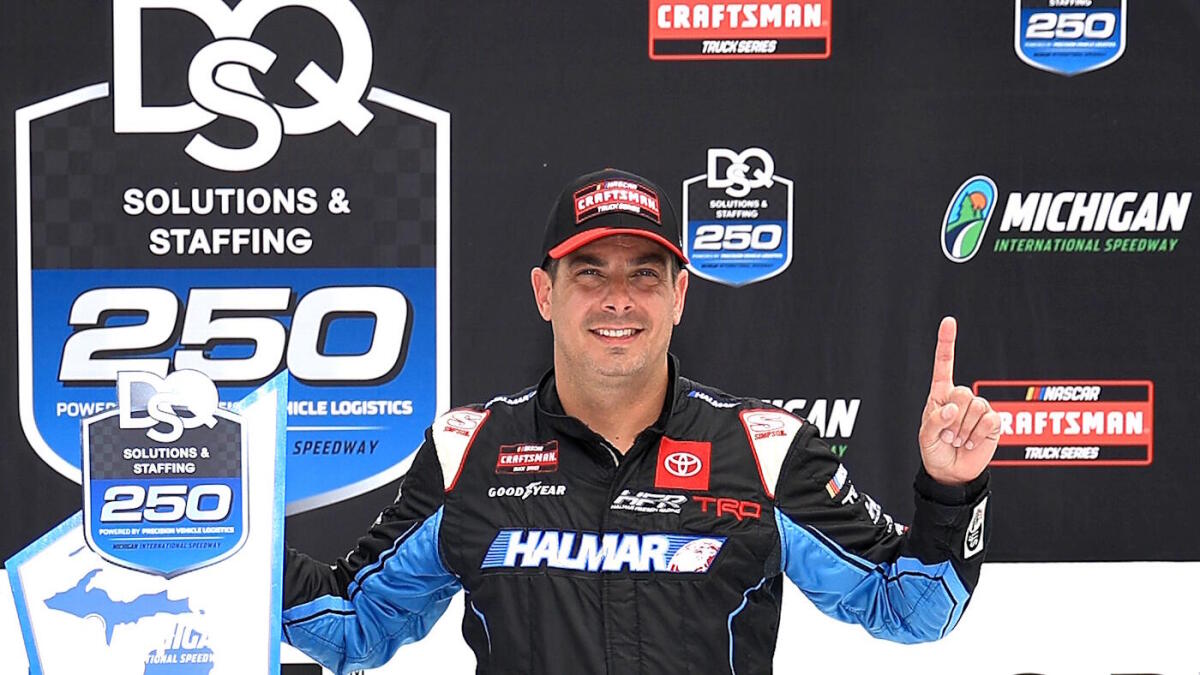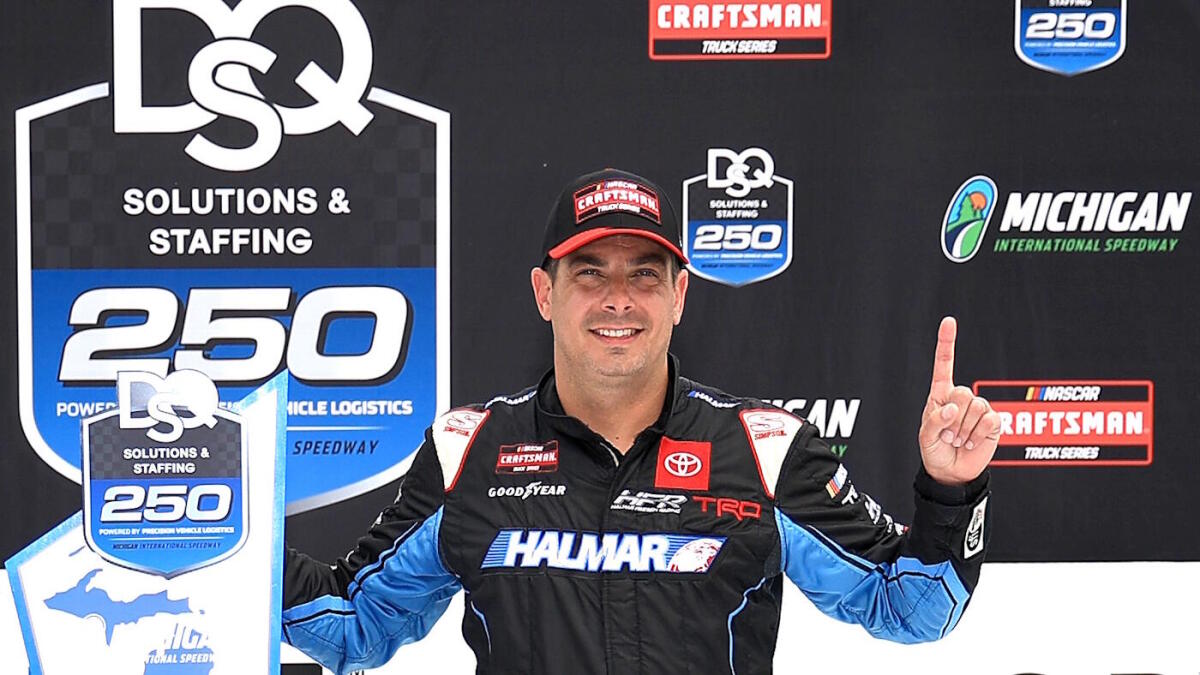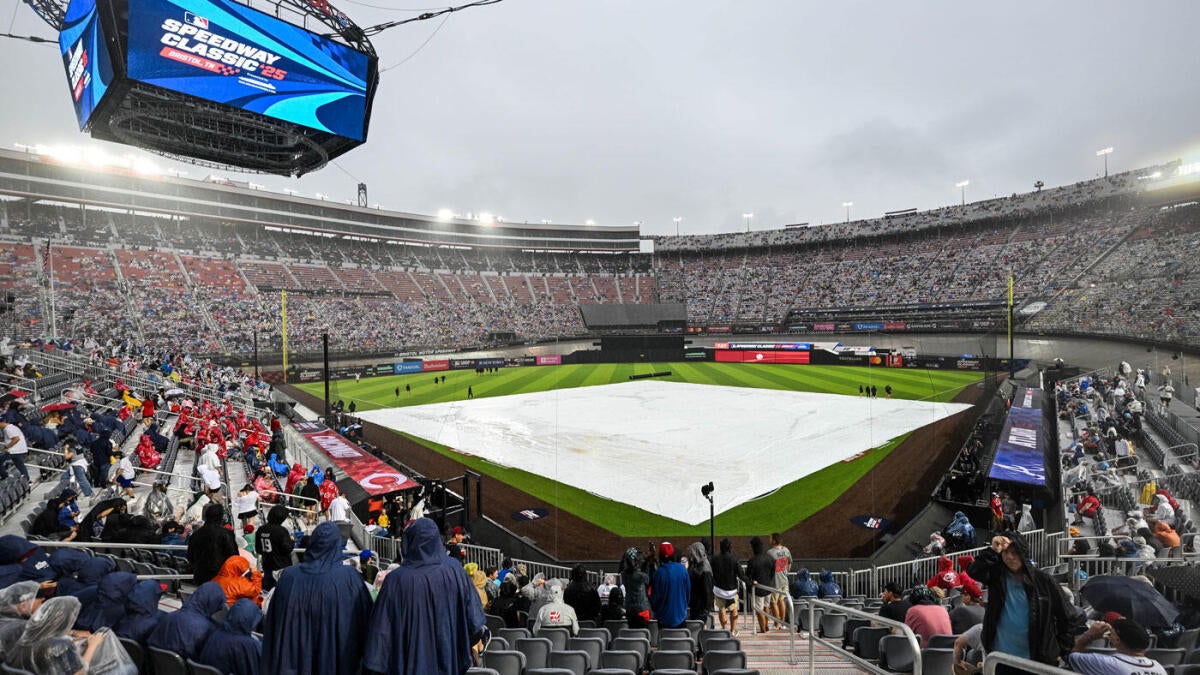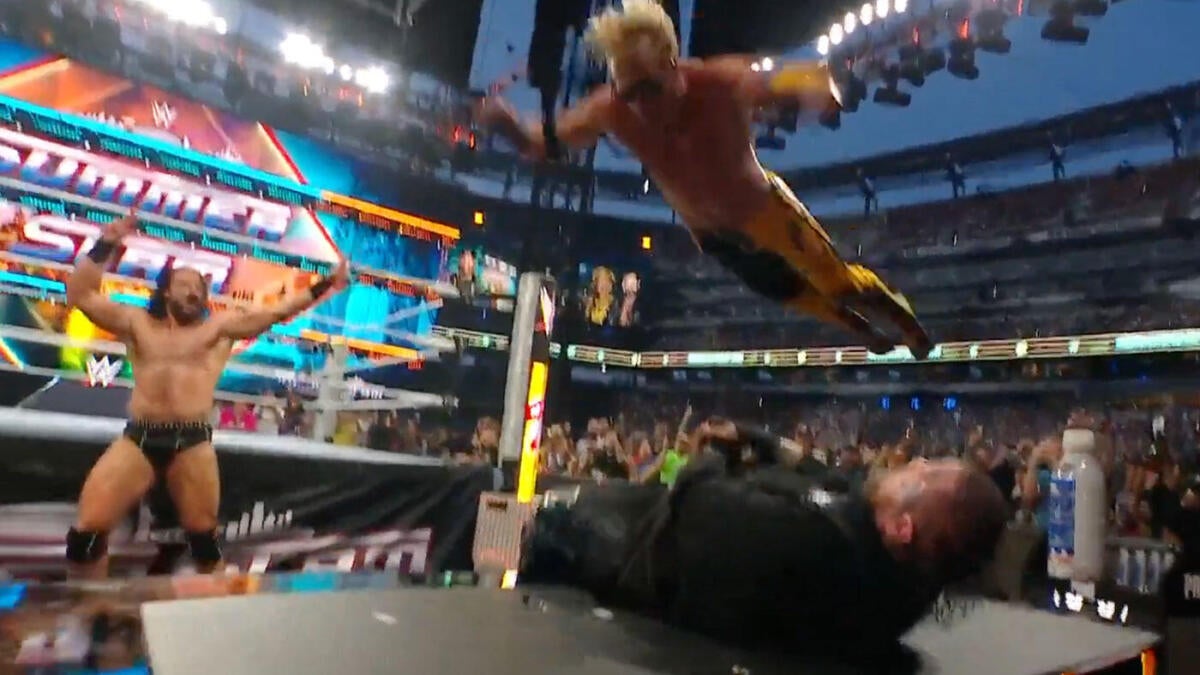The Grit and the Gravel: Analyzing Stewart Friesen’s Dirt Track Accident and its Impact
Introduction
The world of motorsports is a delicate balance of speed, skill, and risk. For Stewart Friesen, a seasoned driver known for his prowess in both NASCAR and dirt track racing, this balance was shattered in a terrifying crash at Autodrome Drummond in Quebec, Canada. The accident, which occurred during a Super DIRTcar Series event, has left Friesen hospitalized with serious injuries, casting a shadow over his promising NASCAR season and highlighting the inherent dangers of the sport. This report delves into the details of the accident, the nature of Friesen’s injuries, and the potential ramifications for his career, while exploring the unique duality of a driver who thrives in both the polished world of NASCAR and the raw, untamed landscape of dirt track racing.
The Anatomy of a Crash
The specifics of the accident remain somewhat unclear, but the available information paints a grim picture. Friesen was competing in the King of the North event when he made hard contact with the Turn Two wall. Reports describe the crash as “terrifying,” with some mentioning a “fireball wreck,” suggesting a significant impact and potential fuel-related incident. The airborne nature of the accident compounded the severity, highlighting the brutal forces at play on dirt tracks where cars often become projectiles when traction is lost.
Dirt track racing, with its high speeds, unpredictable surfaces, and close-quarters competition, leaves little room for error. The lack of traction compared to asphalt racing, coupled with the aggressive driving styles often employed, means that crashes are an unfortunate, albeit frequent, occurrence. While safety measures have significantly improved over the years, the inherent risks of racing, especially on dirt, remain a constant threat.
The Severity of the Injuries
The immediate aftermath of the crash revealed the extent of Friesen’s injuries. He was quickly transported to a local hospital in Quebec, where he remains in serious but stable condition. The most concerning injuries include a fractured right leg and what is described as an “unstable/open-book pelvic fracture.” This type of pelvic fracture is particularly severe, involving a complete break in the pelvic ring and requiring extensive surgery to stabilize.
An open-book pelvic fracture refers to the way the pelvis is disrupted. Imagine the pelvis as a closed book; in an open-book fracture, the front of the pelvis (the pubic symphysis) separates, causing the two halves of the pelvis to swing open like the pages of a book. This separation can damage internal organs, blood vessels, and nerves in the pelvic region.
The combination of a leg fracture and a complex pelvic fracture presents a significant challenge for Friesen’s recovery. The pelvis is a critical weight-bearing structure, and its instability will undoubtedly impact his mobility and ability to return to racing in the short term. The fractured leg will require its own course of treatment, potentially involving surgery, casting, and extensive physical therapy.
Jessica Friesen, Stewart’s wife, has been providing updates on his condition via social media, expressing gratitude for the outpouring of support and emphasizing the long road to recovery ahead. Her updates also reveal the tremendous amount of pain Friesen is currently enduring, underscoring the physical toll of such severe injuries.
The Impact on Friesen’s NASCAR Career
The timing of the accident is particularly unfortunate for Friesen, who had already secured a playoff spot in the NASCAR Craftsman Truck Series with a win at Michigan International Speedway earlier in the season. Piloting the No. 52 Toyota for his team, Halmar Friesen Racing, Friesen has been a consistent presence in the series, known for his aggressive driving style and ability to wheel a truck. He currently sits 13th in the points standings, boasting one win, six top 10s, and three top 5s in 16 starts.
The injuries sustained in the dirt track crash will undoubtedly sideline Friesen for an indefinite period, jeopardizing his chances in the Truck Series playoffs. While it is too early to speculate on the long-term impact on his career, the severity of the injuries raises questions about his ability to return to racing at the same level of competitiveness.
NASCAR’s playoff system rewards consistency and performance throughout the season, culminating in a high-stakes battle for the championship. Friesen’s absence will undoubtedly impact his team, Halmar Friesen Racing, and leave a void in the competitive landscape of the Truck Series.
The Allure of Dirt: A Driver’s Passion
While Friesen’s NASCAR career is undoubtedly important, his passion for dirt track racing runs deep. He is not just a NASCAR driver who occasionally dabbles in dirt racing; he is a seasoned dirt track veteran with a long and successful history in modified racing. For many drivers like Friesen, dirt track racing is more than just a hobby; it’s a fundamental part of their racing identity.
The allure of dirt lies in its raw, untamed nature. Unlike the precisely engineered surfaces of paved ovals, dirt tracks are constantly evolving, changing with each lap and each passing car. Drivers must adapt to these ever-changing conditions, relying on their skill, intuition, and car control to maintain speed and navigate the treacherous terrain.
Dirt track racing also offers a different kind of challenge than NASCAR. The cars are different, the driving styles are different, and the competition is often more intense. Drivers must be aggressive and willing to take risks to succeed on dirt, pushing their cars and themselves to the limit.
For Friesen, dirt track racing provides an outlet to hone his skills, stay sharp, and connect with his roots. It’s a way to reconnect with the grassroots of racing, where the focus is on the driver’s ability rather than the team’s resources. This deep-seated passion for dirt makes his accident all the more poignant, highlighting the risks that drivers are willing to take to pursue their love of the sport.
A Community United
The racing community, known for its unwavering support in times of adversity, has rallied around Friesen in the wake of his accident. Fellow drivers, teams, and fans have expressed their well-wishes and offered their support to Friesen and his family. Richard Childress, a prominent figure in NASCAR, publicly sent his prayers for Friesen, demonstrating the widespread concern and respect for the injured driver.
This outpouring of support underscores the strong sense of community that exists within motorsports. Despite the intense competition on the track, drivers and teams often come together to support each other in times of need, recognizing the shared risks and sacrifices that come with pursuing a career in racing.
The Road Ahead
Stewart Friesen faces a long and arduous road to recovery. The severity of his injuries will require extensive medical treatment, rehabilitation, and physical therapy. While the long-term impact on his racing career remains uncertain, his determination and resilience, coupled with the support of his family, team, and the racing community, will undoubtedly play a crucial role in his recovery. His journey back to the track, whether on dirt or asphalt, will be a testament to the unwavering spirit of a racer and the enduring power of the human will.












